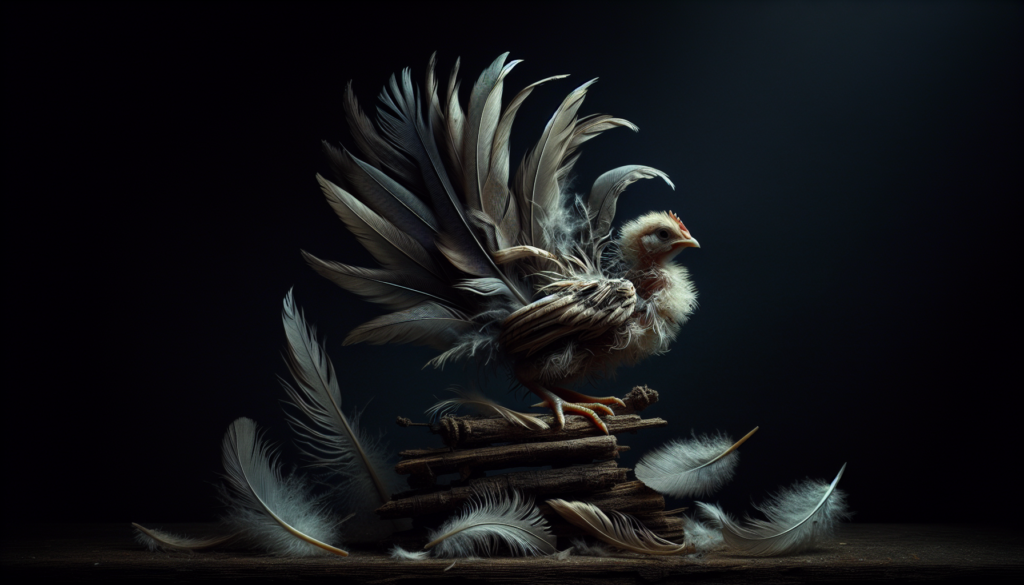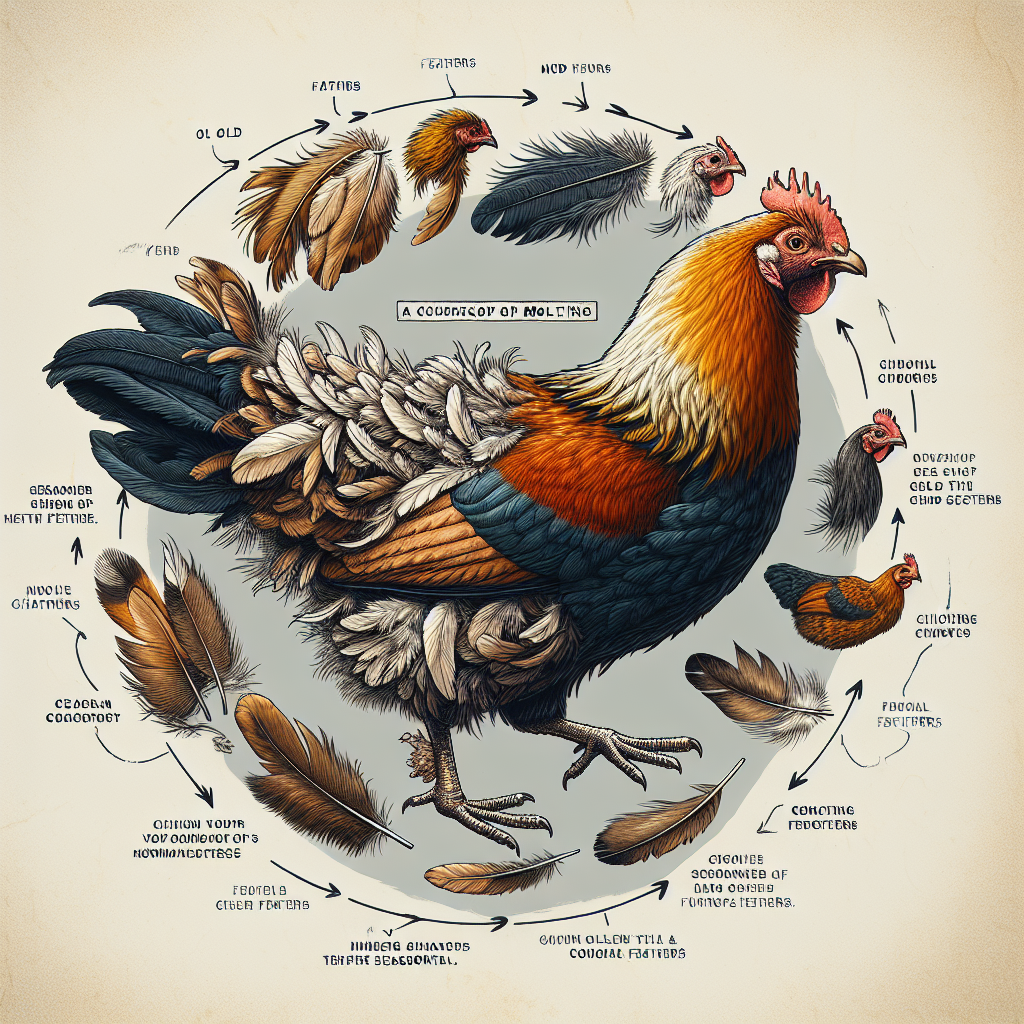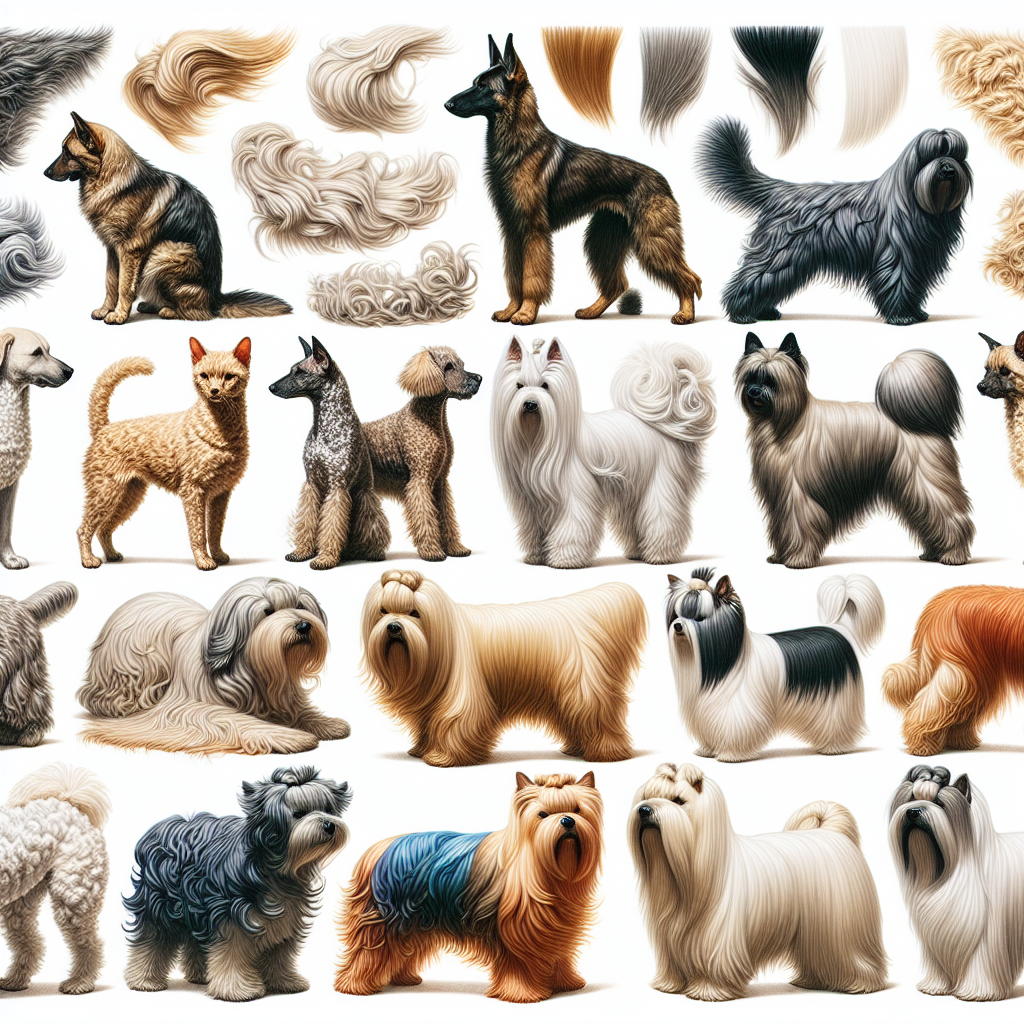Imagine you’re strolling through a peaceful farm, enjoying the sights and sounds of nature. As you pass by a cluster of chickens, you notice something peculiar. One of them is shedding its feathers like a leaf in autumn. Curiosity piqued, you can’t help but wonder: How does molting affect the behavior and temperament of chickens? In this article, we’ll explore the fascinating world of molting and uncover the surprising ways it can influence these feathery creatures. Get ready to delve into the mysterious world of chicken molting and discover the hidden secrets behind their changing feathers.
The Molting Process
What is molting?
Molting is a natural process in which chickens shed their old feathers and regrow new ones. It is an essential part of their lifecycle and occurs in response to various factors such as seasonal changes, age, and hormone levels. During molting, chickens experience both physical and behavioral changes that can have a significant impact on their overall well-being.
When do chickens molt?
Chickens typically molt once a year, although the specific timing can vary depending on environmental factors and breed. Fall is the most common time for molting to occur, as the days become shorter and the temperatures start to drop. However, some chickens may molt at different times of the year, especially if they are exposed to artificial lighting or live in warmer climates.
Stages of molting
Molting can be divided into three main stages: pre-molt, molt, and post-molt. During the pre-molt stage, chickens start to exhibit signs of feather loss and may appear less active. The molt stage is when the majority of feather shedding occurs, and the new feathers begin to grow. Finally, in the post-molt stage, the new feathers continue to grow, and the chicken’s appearance starts to return to normal.
Physical Changes
Loss of feathers
The most noticeable physical change during molting is the loss of feathers. Chickens may shed their feathers gradually or experience a sudden molt, where large patches of feathers are shed at once. This feather loss can make chickens look unkempt and may expose their bare skin. It is important to note that molting can be a bit messy, with loose feathers scattered around the coop.
Growth of new feathers
As the old feathers are shed, new feathers start to grow in their place. These new feathers are often softer and more vibrant in color. Initially, the new feathers may be shorter and stubbier, but they will gradually grow to their full length over time. The growth of new feathers is a positive sign that the molting process is progressing as it should.
Changes in appearance
During molting, chickens may undergo significant changes in their appearance. Their once beautiful and fully-feathered coats may be replaced with patches of bare skin and emerging new feathers. Some chickens may even experience changes in feather color or pattern, adding a unique touch to their appearance. While chickens may not look their best during molting, it is important to remember that this is a natural and temporary process.
Behavioral Changes
Reduced activity
One of the most noticeable behavioral changes during molting is a decrease in activity levels. Chickens may become less energetic and spend more time resting and conserving their energy. This reduced activity is a normal response to the physical strain of molting, as feather regrowth requires a great deal of energy. Owners should ensure that chickens have access to a comfortable and quiet space during this time to allow for adequate rest.
Increased time spent preening
With feathers being shed and new ones growing in, chickens will spend a significant amount of time preening themselves during molting. Preening involves cleaning and aligning feathers, helping them grow in properly. Chickens may also engage in preening behavior to alleviate any itching or discomfort caused by the molting process. It is essential to provide chickens with clean bedding and ample dust-bathing areas to support their preening activities.
Changes in feeding behavior
During molting, chickens may experience a temporary decrease in appetite. The energy required for feather regrowth may divert resources away from digestion, leading to reduced interest in food. However, it is crucial for chickens to maintain a balanced diet during this time to support the molting process. Owners should provide nutrient-rich feed and consider offering additional protein sources, such as mealworms or high-quality poultry supplements, to support feather growth.
Social interactions
Molting can have a significant impact on the social dynamics within a flock. Chickens experiencing molting may be more vulnerable and may be perceived as weaker by other members of the flock. This can lead to changes in the pecking order and the reestablishment of the dominance hierarchy. Owners should monitor the flock closely during molting to ensure that no excessive aggression or bullying occurs. Providing ample space and resources can help reduce any stress or tension within the flock.
Environmental Factors
Temperature sensitivity
During molting, chickens may be more sensitive to temperature fluctuations. With feather loss, they may struggle to regulate their body temperature effectively. It is important to provide chickens with a draft-free and well-insulated coop during colder months to ensure their comfort and prevent hypothermia. In warmer months, access to shade and fresh water is crucial to prevent overheating.
Protection from predators
Feather loss during molting can make chickens more vulnerable to predators. Without their full plumage, chickens may struggle to fly or escape from potential threats. Owners should take extra precautions to secure the coop and run, ensuring that predators cannot easily gain access. Providing a safe and predator-proof environment will help protect molting chickens from harm.
Impact of stress
Molting can be a stressful time for chickens, and stress can have a negative impact on their overall well-being. It is important to minimize stressors during this time, as it can delay the molting process and potentially lead to health issues. Loud noises, excessive handling, and overcrowding should be avoided. Creating a calm and quiet environment will help chickens navigate through molting with minimal stress.
Egg Production
Decreased or halted egg production
Molting can have a significant impact on egg production. Chickens experiencing molting will often decrease or halt egg-laying altogether. The energy required for feather regrowth redirects resources away from egg production. It is important for owners to understand and expect a decrease in egg production during molting and to adjust their expectations accordingly.
Impact on broody behavior
Molting can also affect broody behavior in chickens. Broodiness is an instinctual behavior in which hens become motivated to incubate eggs and rear chicks. During molting, the hormonal changes and physical discomfort may interrupt broody behavior. This interruption can be beneficial in breaking a broody cycle and allowing chickens to focus on molting and regaining their health.
Health and Well-being
Nutritional requirements during molting
Proper nutrition is crucial during molting to support feather regrowth and overall health. Chickens require a balanced diet that includes adequate protein, vitamins, and minerals. Owners should provide a high-quality feed specifically formulated for molt to ensure chickens receive the necessary nutrients. Additionally, offering treats rich in protein, such as mealworms, can further support feather growth.
Potential health issues
While molting is a natural process, it can sometimes come with health challenges. Feather regrowth can cause itching and discomfort, leading to increased scratching and potential skin irritation. Owners should monitor chickens closely for signs of excessive scratching or feather-pecking, which can lead to feather loss and infections. Regular health checks and maintaining a clean and parasite-free environment are essential to support chickens’ health during molting.
Recovery after molting
Once the molting process is complete, chickens will regain their full plumage and return to their normal behavior and activity levels. It is important to provide chickens with ample time and resources for recovery after molting. Ensuring a balanced diet, proper rest, and a stress-free environment will aid in the quick and successful recovery of chickens.
Effect on Pecking Order
Reestablishment of dominance hierarchy
Molting can disrupt the existing pecking order within a flock. As chickens shed feathers and their appearance changes, their status within the social hierarchy may be challenged. This can lead to aggression and bullying as chickens vie for dominance. Owners should closely monitor the flock during molting and be prepared to intervene if excessive aggression occurs. Separating chickens or providing additional resources can help minimize stress and establish a new pecking order.
Changes in social dynamics
The changes in appearance and behavior during molting can also impact the overall social dynamics within a flock. Established friendships may be temporarily disrupted as chickens focus on their own molting process. Once molting is complete and new feathers have grown, the flock should gradually settle back into its normal social interactions. Patience and observation are key during this transitional period.
Molting in Different Breeds
Variations in molting patterns
While molting is a natural process shared by all chickens, there can be variations in molting patterns among different breeds. Some breeds may molt more gently, with a gradual loss and regrowth of feathers, while others may experience more pronounced molting with large feather loss. Understanding the specific molting patterns of different breeds can help owners anticipate the challenges and support the needs of their chickens.
Breed-specific considerations
Different breeds may have specific considerations during molting. For example, breeds with feathered legs, such as Silkies, may require extra care to prevent feather damage during molting. Chickens with thicker plumage, like Orpingtons, may need additional ventilation to prevent overheating during molting. Familiarizing oneself with the breed characteristics and consulting breed-specific resources will aid in providing appropriate care during molting.
Molting Management
Providing appropriate diet and nutrition
During molting, providing a high-quality feed specifically formulated for molt is essential. These feeds are designed to meet the increased protein requirements and provide necessary vitamins and minerals to support feather regrowth. Additionally, offering treats such as mealworms and fresh greens can help supplement the diet and offer additional nutritional support.
Ensuring a stress-free environment
Minimizing stress during molting is crucial for the well-being of chickens. Providing a calm and quiet environment will help chickens conserve energy and focus on the molting process. Avoid loud noises, excessive handling, and overcrowding. Offering ample space and suitable hiding spots will also help reduce stress levels among the flock.
Feather care and hygiene
Proper feather care and hygiene are important during molting. Loose feathers should be regularly cleared from the coop to maintain cleanliness. Dust-bathing areas with sand or diatomaceous earth should be provided to allow chickens to clean themselves and alleviate any itching or discomfort. Owners should also keep an eye out for signs of feather pecking, as this can lead to further damage and potential infections.
Conclusion
Understanding and addressing the effects of molting on chickens is crucial for their overall well-being. Molting is a natural process that involves significant physical and behavioral changes. By providing appropriate diet and nutrition, ensuring a stress-free environment, and supporting feather care and hygiene, owners can help chickens navigate through molting successfully. Monitoring chickens closely and addressing their specific needs during molting will promote their health and happiness, ultimately leading to a thriving flock.




